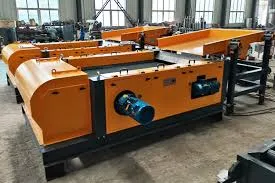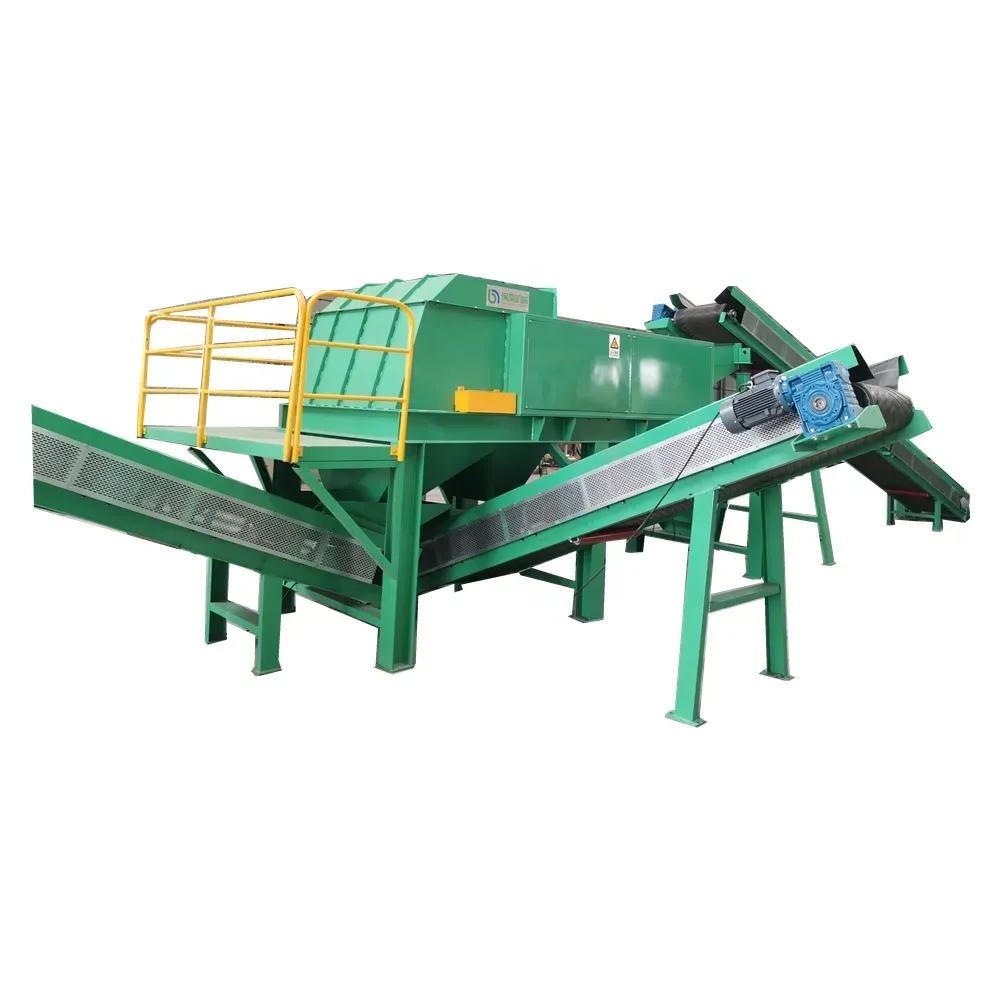The evolution of recycling technologies has led to the development of efficient systems like the eddy current separator (ECS), which has revolutionized the sorting and separation processes of recyclable materials. An ECS is a highly specialized device that is essential for separating non-ferrous metals from waste streams, enhancing recycling efficiency and reducing human error. Understanding the intricate mechanisms and benefits of the eddy current separator not only highlights its engineering marvel but also its environmental significance.

An eddy current separator operates on the principle of magnetic induction, a phenomenon discovered by the renowned scientist Michael Faraday. Essentially, this device uses a magnetic rotor that spins at high speeds inside a conveyor belt system. When a non-ferrous metal, such as aluminum or copper, passes through the fluctuating magnetic field generated by the spinning rotor, eddy currents are induced on the metal surface. These eddy currents, in turn, produce their own magnetic field, which opposes the original field, creating a repulsive force. This force effectively propels the non-ferrous metals away from the conveyor, allowing them to be separated from the non-metallic materials.
The ingenuity of the eddy current separator lies in its non-contact operational principle, which minimizes wear and tear while optimizing metal recovery rates. The machine's robust design, typically comprised of a high-speed motor, conveyor belt, and strategically positioned magnetic rotor, is tailored to handle heavy workloads, making it indispensable in industrial recycling facilities. Due to its finely tunable parameters, such as rotor speed and magnetic strength, the ECS can be adapted to accommodate various materials, ensuring precise separations with minimal downtime.

One of the standout advantages of the eddy current separator is its ability to process vast quantities of materials efficiently. For industries dealing with immense waste streams, such as automotive, electronics, or packaging, the ECS proves to be a cost-effective solution that significantly boosts throughput without sacrificing quality. By prioritizing non-ferrous metals, the eddy current separator aids in the recovery of valuable resources, ultimately contributing to a sustainable circular economy.
eddy current separator how it works
From a practical perspective, the ease of integrating an eddy current separator into existing recycling systems cannot be overstated. Its modular design allows seamless integration, reducing the necessity for extensive modifications. Moreover, ECS units are engineered with user-friendly controls and maintenance features, making it accessible even for operators with minimal technical expertise. Regular maintenance is straightforward, typically involving inspections and minor adjustments, ensuring the unit's longevity and consistent performance.
Eddy current separators are also recognized for their contributions to environmental sustainability. By facilitating the recovery of non-ferrous metals and minimizing landfill contributions, they help lower the ecological footprint of industries. Additionally, the energy-efficient design of modern ECS units ensures that they operate with minimal power consumption, aligning with global initiatives to reduce energy use and promote green technologies.
Trust in the capabilities and reliability of eddy current separators is built on years of industry expertise and empirical evidence. Insights drawn from field operations underscore their effectiveness in diverse recycling scenarios. Recycling plant managers and engineers often share success stories and data, pointing to significant improvements in recovery rates and operational efficiency, further cementing ECS's authority as a pivotal tool in recycling operations.
In conclusion, the eddy current separator is not merely a machine but a testament to human ingenuity and a strategic pillar in advancing recycling technologies. It embodies the intersection of experience, expertise, authoritativeness, and trustworthiness—critical elements that define its standing in the industrial landscape. For any industry committed to enhancing its recycling capabilities and embracing sustainable practices, the inclusion of an eddy current separator is not just a recommendation but a necessity.


